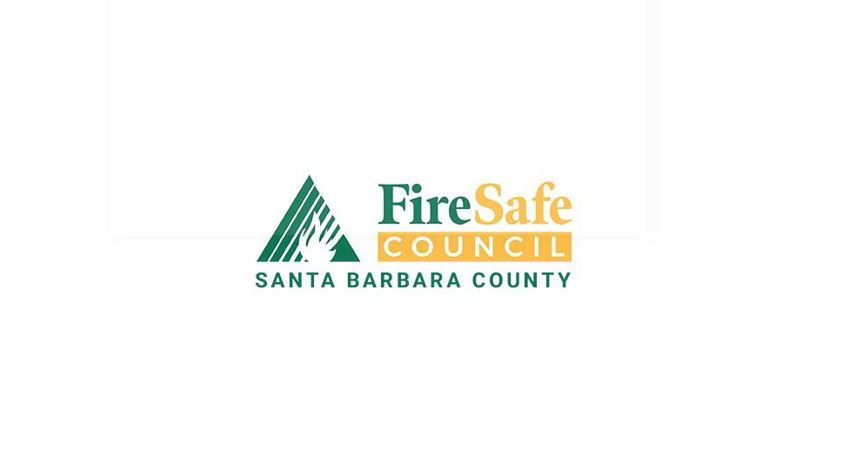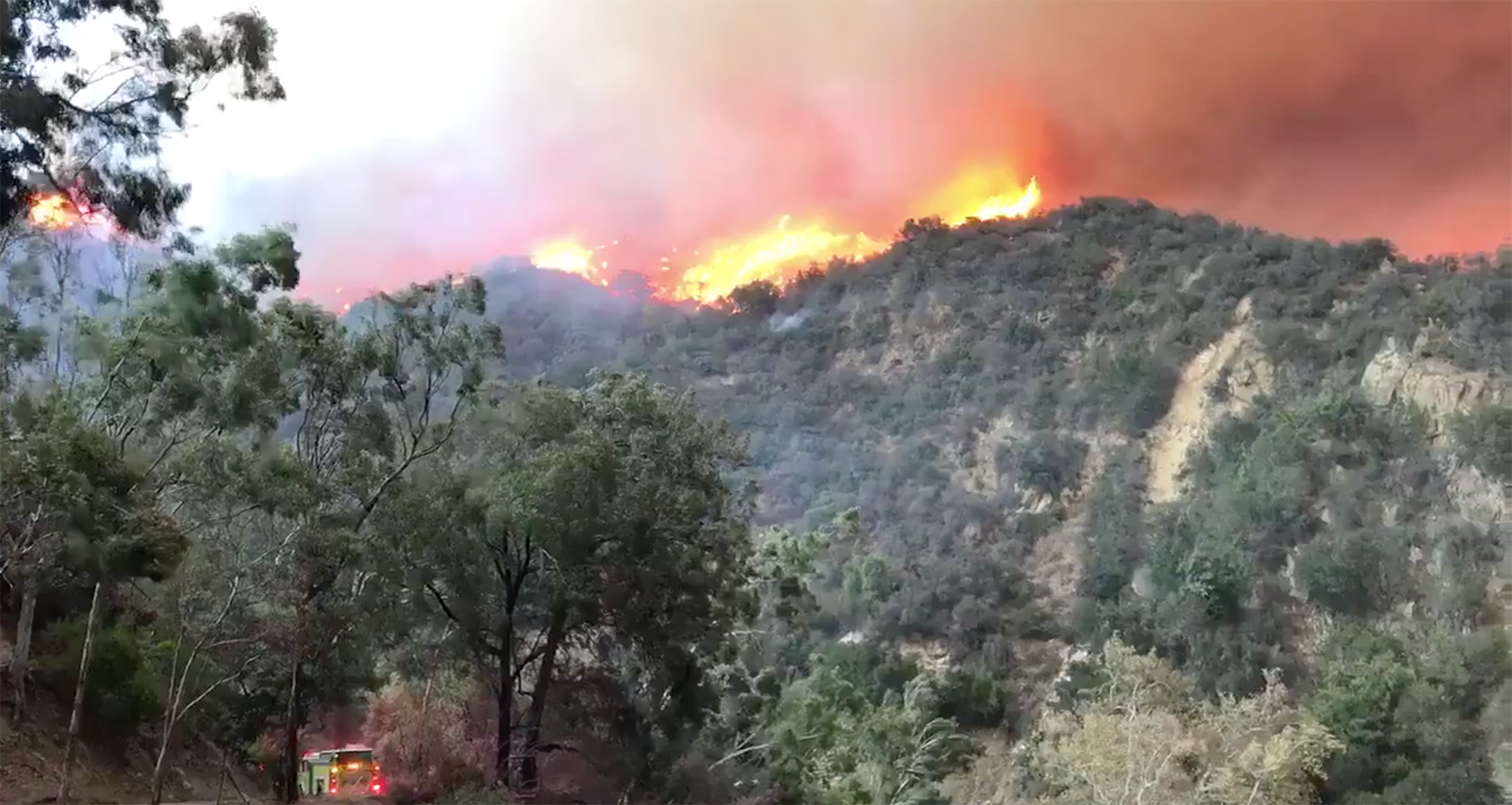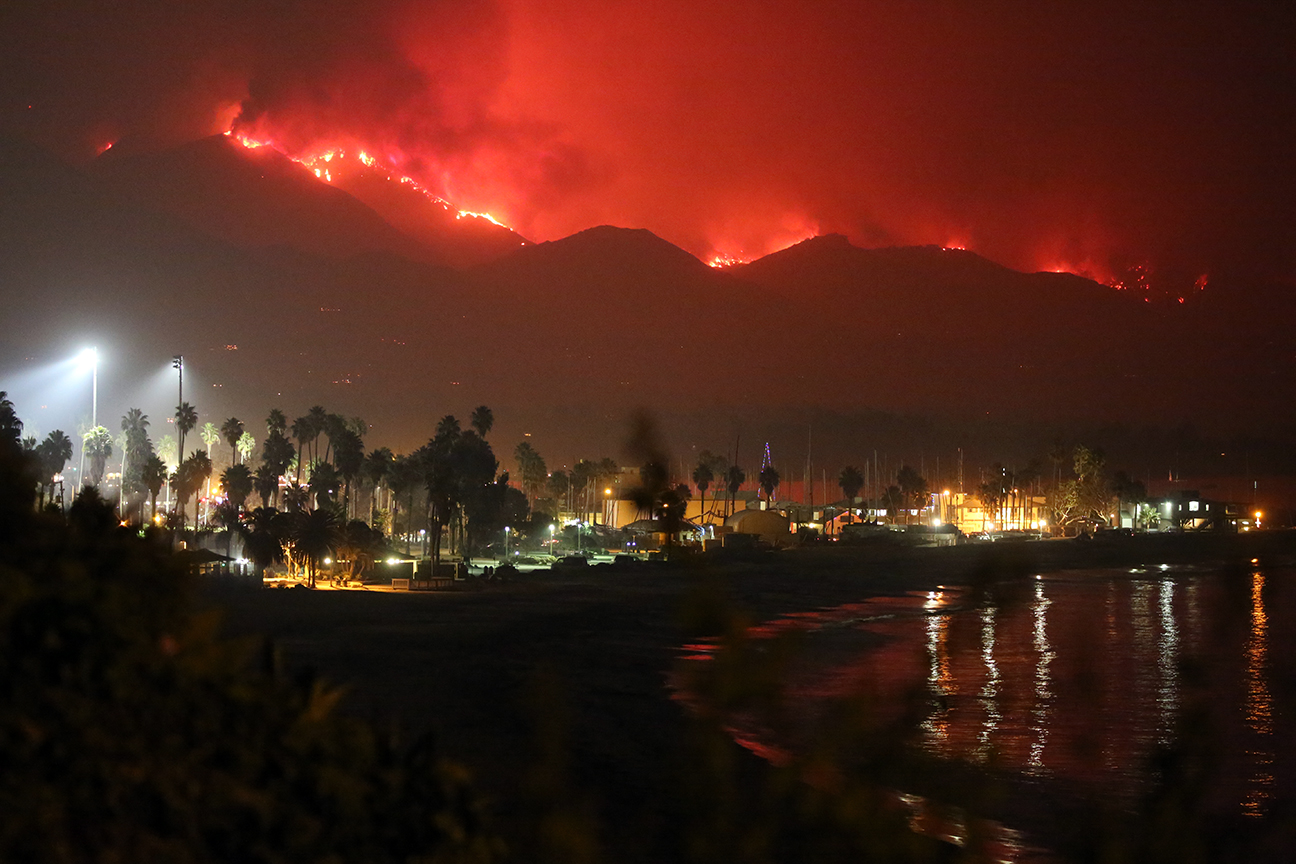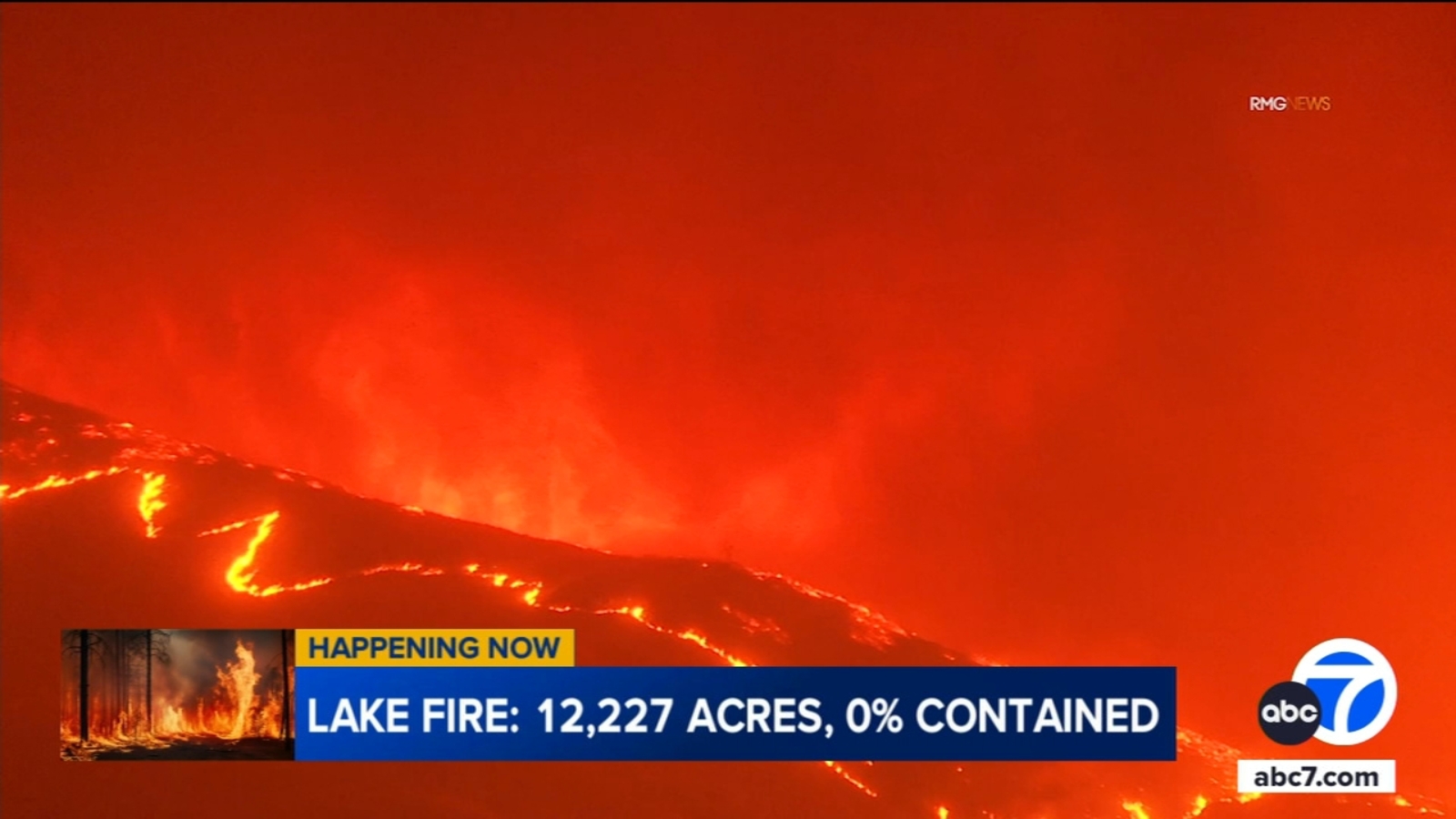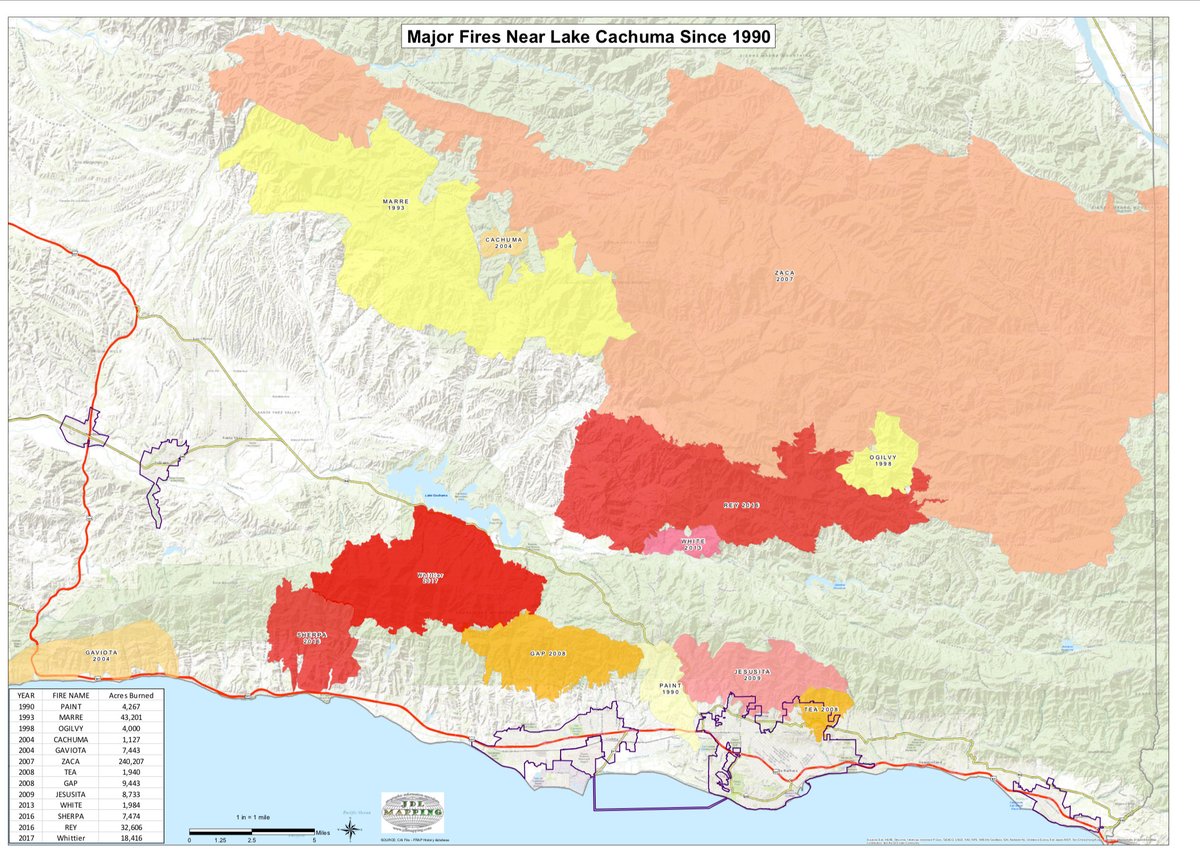Is Santa Barbara Safe From Fire
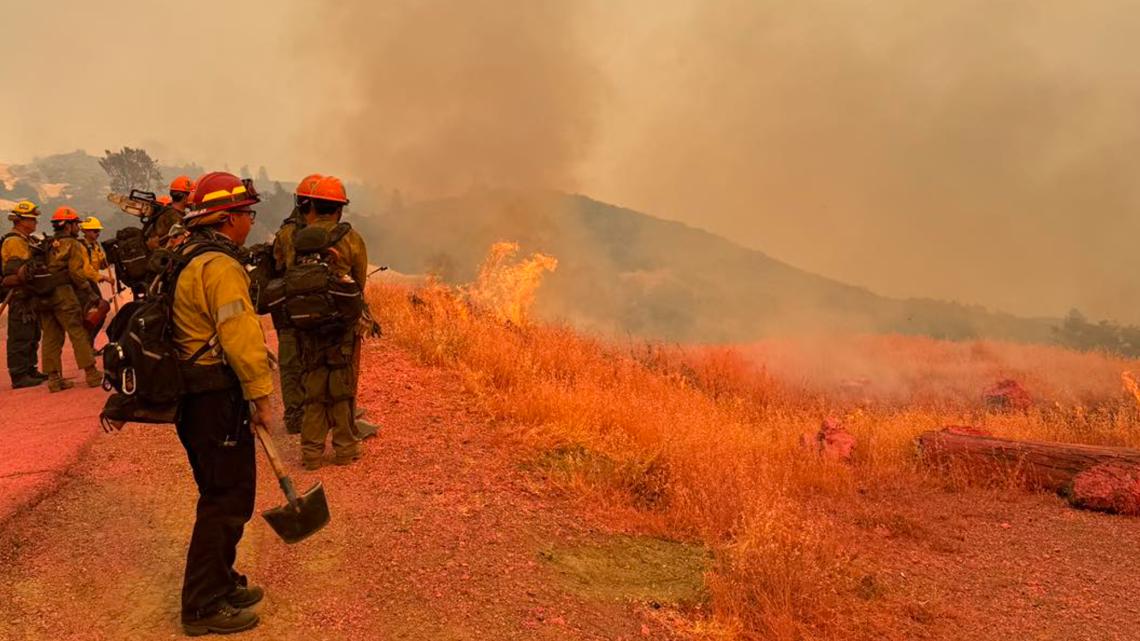
Santa Barbara, renowned for its stunning coastline and Mediterranean climate, faces a persistent threat: wildfire. The region's history is punctuated by devastating blazes, leaving residents constantly aware of the potential for future catastrophes. But is Santa Barbara truly safe from fire, and what measures are in place to protect this vulnerable community?
This article examines Santa Barbara's fire risk, exploring the proactive strategies being implemented to mitigate danger and the challenges that remain. It delves into the community's preparedness efforts, assesses the effectiveness of current fire management policies, and considers the long-term outlook for a region increasingly susceptible to the impacts of climate change.
Santa Barbara's fire vulnerability stems from a confluence of factors. Its location within a Mediterranean climate zone, characterized by hot, dry summers and mild, wet winters, creates ideal conditions for wildfire ignition and spread. Add to this the prevalence of dry brush and chaparral vegetation, coupled with steep terrain and persistent winds, and the ingredients for disaster are undeniably present.
"The threat of wildfire is a constant reality for Santa Barbara," says Chief Robert Patterson of the Santa Barbara County Fire Department.Patterson stresses the importance of community involvement in prevention efforts. His department continuously reinforces the "Ready, Set, Go!" program, providing residents with guidelines for preparing their homes, staying informed, and evacuating safely.
Key Initiatives and Mitigation Strategies
Several initiatives are underway to reduce fire risk in Santa Barbara. These range from fuel reduction projects to enhanced early detection systems and improved firefighting capabilities.
Fuel reduction projects, such as clearing brush and creating defensible space around homes, are crucial. Strategic vegetation management along roadways and power lines further minimizes the risk of ignition.
The Santa Barbara County Fire Department relies on a network of mountaintop cameras and sophisticated weather monitoring systems. These tools provide early warnings of potential fires, enabling rapid response and minimizing the chances of escalation.
Community Preparedness
A multi-pronged approach is vital, one that relies not only on the Fire Department, but also on community involvement. Numerous organizations work to educate residents about fire safety.
Organizations like the Santa Barbara Fire Safe Council conduct workshops, provide resources, and organize neighborhood clean-up events. These events help residents understand how to harden their homes against wildfire and create defensible space.
Educational campaigns also focus on responsible fire behavior. These campaigns remind people to avoid activities that could spark fires, especially during periods of high fire danger. This includes proper disposal of cigarettes and ensuring vehicles are properly maintained.
Challenges and Future Concerns
Despite the proactive measures, challenges remain in protecting Santa Barbara from fire. Climate change is exacerbating the problem, leading to longer fire seasons, more extreme drought, and increased frequency of high-wind events. These factors create conditions ripe for catastrophic wildfires.
Population growth and development in the wildland-urban interface (WUI) also pose significant challenges. As more homes are built in areas surrounded by flammable vegetation, the risk of property damage and human casualties increases.
"We're seeing more extreme fire behavior than ever before," says Dr. Emily Carter, a climatologist at the University of California, Santa Barbara.Dr. Carter emphasizes the need for ongoing adaptation and investment in fire prevention and suppression strategies.
Addressing these challenges requires a coordinated effort at all levels. This includes stricter building codes in the WUI, increased funding for fire prevention and suppression, and ongoing research into new technologies and strategies for managing wildfire risk. Public awareness is paramount.
Looking Ahead
The future of Santa Barbara's fire safety depends on a commitment to proactive risk management. The region must continue to invest in fuel reduction, early detection, and community preparedness programs.
Collaboration between government agencies, fire departments, and community organizations is essential. By working together, Santa Barbara can build a more resilient community capable of withstanding the increasing threat of wildfire.
While the threat of fire will always be present, Santa Barbara can significantly reduce its vulnerability through diligent preparation and proactive mitigation. The future depends on continued vigilance and a collective commitment to protecting this cherished community.


